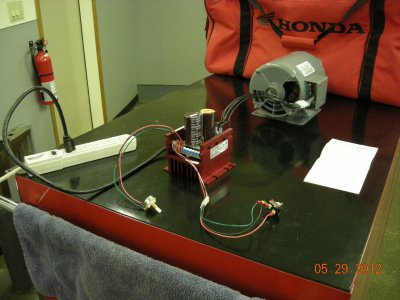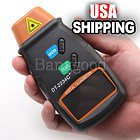- Joined
- Mar 10, 2012
- Messages
- 1,368
My new-to-me SB Heavy 10 (actually, my first lathe) has a 3/4hp 220V 3-phase motor in it. It looks almost new, though I know that doesn't mean anything electrically. I have access to 1-phase 220v but would have to run some wiring to get it to the lathe. I have multiple 110v outlets right next to the lathe. So, I'm wondering what my best bet would be. Either get a 110v 3/4hp motor or a VFD to go 110v to 220v 3-phase. I know the VFD would give me variable speeds without moving belts that much, but for someone who never worked a lathe before would it be worth it? Which way would you go? Thanks.




